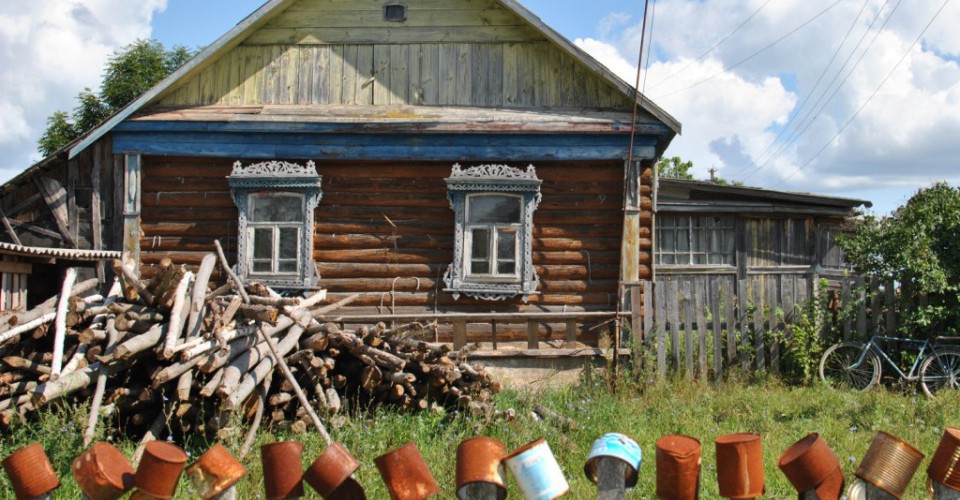
openDemocracy asked me to write a little piece on Gorbachev. So many ‘takes’ about Gorbachev are made through a distorted Western lens, so I tried to domesticate the reflections a little. Obviously, there’s a hard word limit and I’d have liked to say more about his contradictory implementation of economic reform at enterprise-level which was probably inimical to the aims of Perestroika – things like meaningful work-place democracy.
What’s less understood is that reformers around Gorbachev were not just ‘marketeers’, they understood that productivity rises could only occur at the smallest unit of production the ‘nizovoe zveno’, or brigade team of workers/factory unit. This, as Maxim Lebsky points out in his book, was at the root of the failure of previous reforms – insufficient resources to stimulate productivity. The new experiments in ‘cost accounting’ from 1985 were supposed to focus on freeing up more resources for factory-units, or sub-units, to put into capital investment and differentiated labour rewards. According to some, the tragedy of enterprise reforms from 1987 lay in their belatedness: effectively they’d been sitting ‘on the shelf’ since 1965 for all to see. Thus, more critical voices of Gorbachev see nothing really new in his ‘new thinking’, at least in the economic sphere. Furthermore, the laws on Cooperatives (from 1988) undermined efforts within industry, because the latter even when freed to reward workers more for productivity, could not compete with the higher wages available in the newly created private small enterprises (the ‘Coops’). Massive inflationary pressures (still mainly expressed in terms of goods’ shortages) were released.
As I have written about previously in this blog, the most interesting part of Maxim Lebsky’s book on the Soviet working class is his chapter on the ill-fated political role of STKs under perestroika – Labour Collective Councils. These included workers , administration and management. In reality, the STKs turned out to be mainly one more Soviet-style instrument of management diktat. As one eye witness wrote: ‘In place of industrial democracy, we got industrial populism’ with factory directors’ interests controlling STKs. During the period, republican STKs were on the side of preserving the Soviet Union, while Russian STKs assisted its destruction. This was not so much because of ‘all-Union’ class consciousness, but more to do with the enterprise-identity of workers. Something many scholars have discussed, including me. The nascent workers movement, structurally powerful in the late Perestroika period, could have been an ally to Gorbachev’s efforts to save the Union. His blindness to the potential political power of STKs to defend the Union, despite their flaws, led to the working-class falling prey to easy manipulation by nationalist-populist entrepreneurs, the chief of whom was Yeltsin.
Lebsky starts his chapter on STKs with this quote from a speech by Gorbachev:
“We want workers to understand themselves as real masters of their enterprises, to elect their managers, from the foreman of a workshop to the enterprise director; for them all to be united in a council which solves the questions of planning, defines the future direction of development, which participates in the division of profit; so that they may solve social issues. This is the direction we want to move the process of democracy in, to deepen it and expand it”.
The deepest irony of Perestroika then is this idea to use worker self-government as a tool of destruction of the planned economy in the name of the market. The second irony is the effective manipulation of collectivist ideas by nascent national elites in the interests of capitalist restoration (these are Lebsky’s main arguments).
Why does any of this history matter now? There’s probably little Gorbachev could have done after 1987 to correct the unintended negative political consequences of Perestroika’s industrial democratizing policy. And in any case, his heart was in the right (Leninist) place – a renewed socialist project could only have succeeded through work-place democratization. Probably in the Opendemocracy piece, I’m a little too hard on him.
Well, while not going through system meltdown, Russia is undergoing ‘restructuring’ because of sanctions and the war. Inflationary pressures erode wages, enterprises that ‘make stuff’ lose workers to other sectors and to the war itself. More importantly, as the economic effects mount, workers will more acutely feel the complete discrediting of the political project of Putinism (corporatist ‘never-never’*), just as they deserted Gorbachev in his time.
The industrial geography of Russia has not changed much – meaning there is much to be gained from local political entrepreneurs siding with disgruntled worker collectives, just like Yeltsin did to destroy Union solidarity. Now, unlike Gorbachev, Putin has significant resources to throw at this. However, like in my piece on Gorbachev, it’s worth emphasizing the power of ideas (and biases) in motivating elites. Like in the UK at the moment, the power of groupthink to allow such elites to ignore the obvious and immediate problems of their countries can be overwhelming.
There’s no indication that Putin’s anti-worker instincts would soften sufficiently quickly in the face of a series of cascade strikes to prevent significant social unrest. His instinct would be to pick off individually each enterprise using ‘manual control’ and even personal intervention. This would be too little, too late. His next instinct would be mass coercion. I’m optimistic that this would be a total failure given the size and location of big industries like metallurgy and coal. Stephen Crowley is the real expert here. Worth checking out his recent Ridl post.
*Russian corporatism: “buckle down workers, shut the f-up and wear this St George Ribbon. You’ll get your rewards later”.

